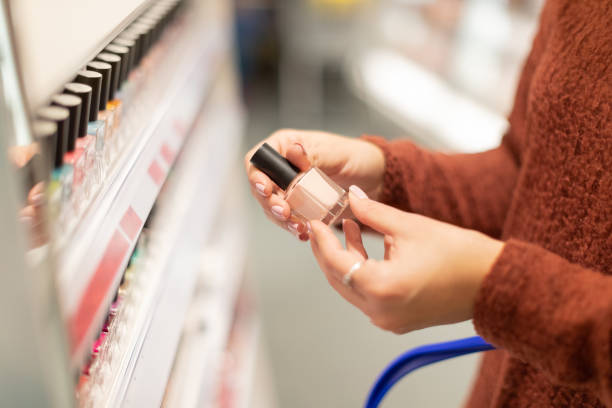
See how 300+ brands are creating value with Iksbeauty.
Acrylic nails have become a prevailing trend in the world of nail art, captivating countless enthusiasts with their modern allure and enduring charm. Among the various techniques used to cure acrylic nails, UV lamps have taken center stage as a common choice. However, we’re here to present a potentially surprising viewpoint: the efficacy of UV lamps in curing acrylic nails is considerably limited, while nail dryers offer a more promising solution. Throughout this exploration, we will synthesize insights from various sources, elucidating the essence of our standpoint to provide you with a comprehensive understanding.
This article will focus on three primary types: Regular Nail Polish, Gel Nail Polish, and Acrylic Nails. It’s important to note that other variations exist, including water-based nail polish and magnetic nail polish.
Material Components

Curing Mechanisms
While exact composition ratios may vary by brand and product, these core components typically form the basis of their respective formulations. For a detailed comparison between Regular Nail Polish and Gel Nail Polish, refer to another article: Does A UV Lamp Dry Regular Nail Polish?
Regular Nail Polish dries via evaporation upon application, leaving behind pigments and resins that solidify on the nail. Its drying process results from physical evaporation without any chemical reaction. Conversely, Gel Nail Polish cures via a photosensitive chemical reaction, as mentioned earlier. Acrylic Nails, on the other hand, undergo a polymerization reaction between liquid monomer and polymer powder, falling within the realm of chemical reactions.
Nail Dryer: This equipment expedites nail polish drying by generating airflow, similar to the hand dryers found in restrooms. It effectively dries regular nail polish, which air-dries naturally.
Nail Lamps: These devices utilize UV or LED light to cure specific nail polish types like gel polish. UV lamps are designed specifically for gel nail polishes containing specific photo-initiators that solely react to UV light exposure.
Having comprehended the underlying principles, the answer should be clear by now: UV lamps are not recommended for drying acrylic nails or regular nail polish. Acrylic nails dry through a polymerization process, distinct from the photosensitive curing mechanism of gel nail polish. UV lamps do not expedite the drying process of acrylic nails.
Achieving a flawless finish for acrylic nails requires proper drying techniques. While UV lamps are not suitable, there are effective methods to achieve optimal results:
By following these proper drying techniques, you can ensure flawless, durable acrylic nail polish results.
Selecting the right acrylic nail products for your manicure requires careful consideration. Acrylic nails offer durability and customization potential, and informed choices ensure optimal results. Here are essential tips to navigate the world of acrylic nail products:
Following these tips empowers you to confidently choose and apply acrylic nail products that enhance your manicure and reflect your creativity. If you opt for a nail salon visit, rest assured that professionals will take care of these aspects. Once your nail service is complete, flaunt your stunning nails with confidence and shine brightly!

As explored in this article, acrylic nails bring durability to the beauty landscape. While UV lamps aren’t recommended for drying acrylic nails, various techniques and tools ensure impeccable results. Whether drawn to traditional nail polish allure, gel nail polish longevity, or acrylic nails’ customizable charm, navigating nail care and polish selection is an adventure in self-expression and creativity. Understanding their distinct properties is vital for achieving the perfect manicure.
16 Years
Experience
12 Months
Warranty
Monday - Sunday
24/7 Customer Support
Be the first to know about special offers, new innovations and more.
We will arrange for a specialist to contact you immediately.